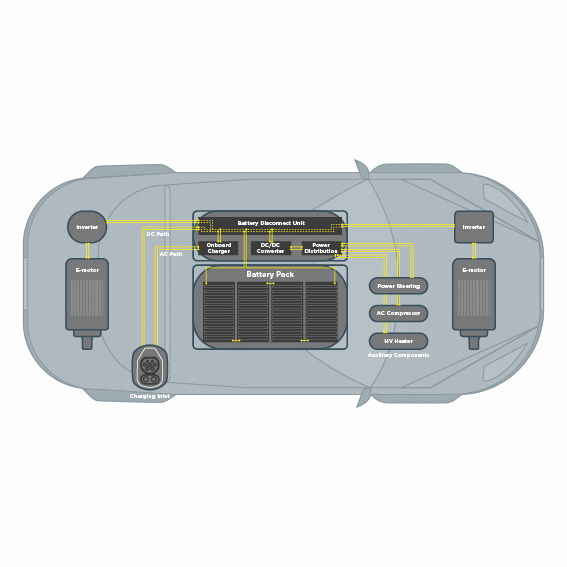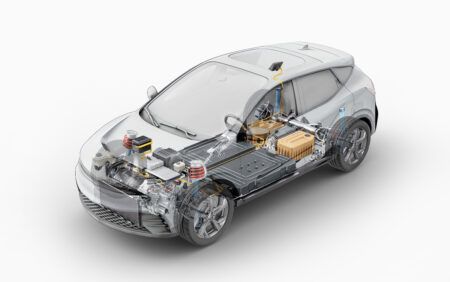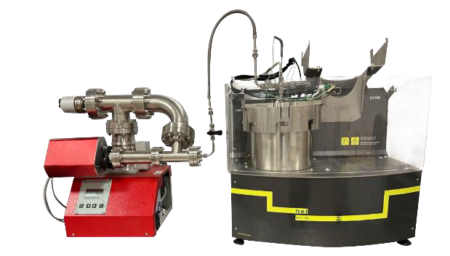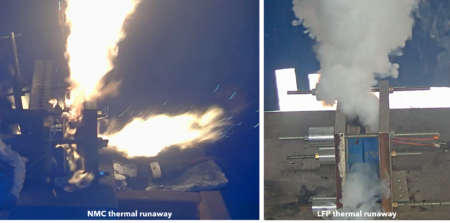Battery connectivity, management, and protection.
Electric vehicles (EVs) have gone mainstream. Automotive industry pundits agree that it’s no longer a matter of if we’ll see more EVs on the road than traditional fuel-powered cars – but when – which represents a fundamental change in the way the automotive industry does business. By 2035, it is expected that most forms of newly produced transportation will leverage electric or alternative-fuel drivetrains.
But considerable challenges still exist. The amount of time it takes to replenish the electricity stored in an EV’s battery pack and the capabilities of its inbound and outbound connections are chief among them.
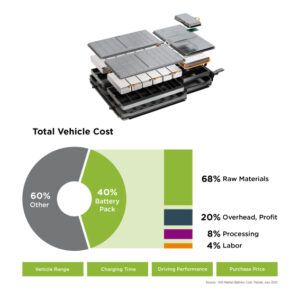 Much in the same way that the engine was considered the heart of a traditional ICE car, with today’s EVs, the battery is equally vital. The battery ecosystem for EVs is growing quickly, with high levels of investment and innovation from both automotive OEMs as well as dedicated battery cell, pack, and system manufacturers. It is estimated that as much as 40 percent of a new EV’s total bill of materials can be attributed to the contents of its battery pack.
Much in the same way that the engine was considered the heart of a traditional ICE car, with today’s EVs, the battery is equally vital. The battery ecosystem for EVs is growing quickly, with high levels of investment and innovation from both automotive OEMs as well as dedicated battery cell, pack, and system manufacturers. It is estimated that as much as 40 percent of a new EV’s total bill of materials can be attributed to the contents of its battery pack.
Battery technologies and architectures are evolving as quickly as the market. Certain cell chemistries are designed to facilitate faster charging, increased safety, or achieve higher performance or temperature thresholds. As individual battery cells increase in physical size, requirements for transferring energy into and out of them will likely change.
The electrical demands on a battery pack and its connections are enormous. During a high-powered, direct current (DC) charge cycle, the main battery connections need to be able to carry sustained currents of up to 600 amps for several minutes, and at significantly higher peak levels during hard acceleration. Additionally, the battery needs to operate reliably for more than 180,000 miles – or about 10 years – at temperatures between -40°C and +75°C, with connections needing to operate at or above +150°C for higher load conditions.
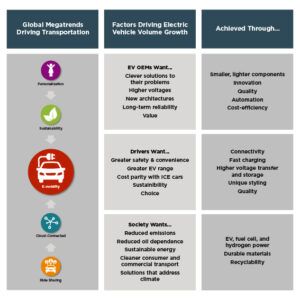
When it comes to most mechanical devices, the moving parts are usually considered the most likely failure points. EVs have significantly fewer moving parts, but the robustness of their electrical connectors can be the difference between success and failure. Quality is paramount. Battery cell and module interconnectivity, thermal management, protection, sensing technologies, and the battery’s electronics and management system must be considered.
TE Connectivity’s (TE) expertise plays a big role in making high-voltage EV battery packs safer, more efficient, and longer-lasting. Explore the demands on an EV’s battery pack, the robustness of its electrical connections, and how they all work together to facilitate peak energy transfer. Topics include the need for failproof battery cell and module interconnectivity, battery management systems and its electronics, the mechanical, electrical, and thermal properties of a battery’s ingress and egress connections, and in addition to this, the protection, and sensing technologies, and how they contribute to greater safety and higher performance.


